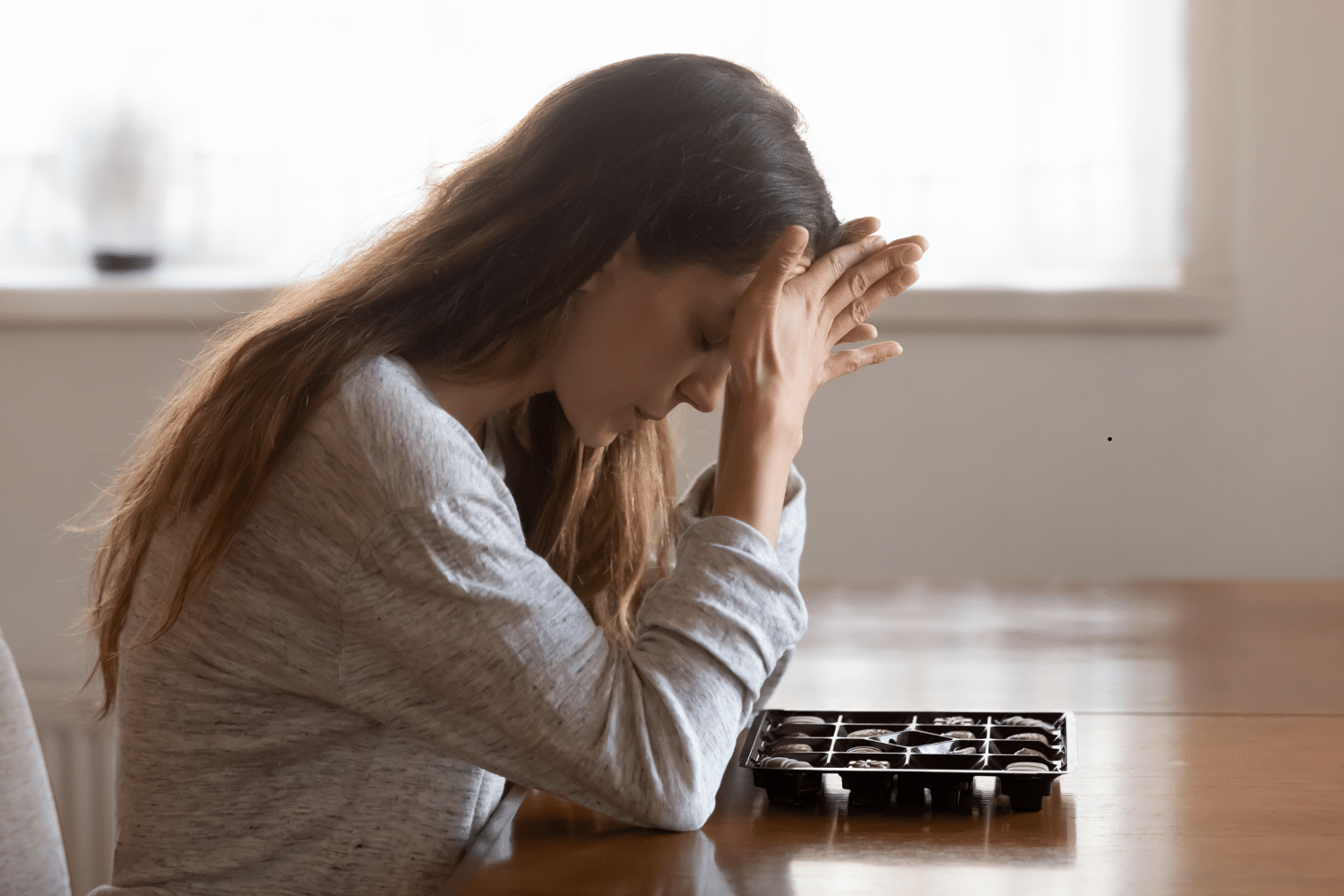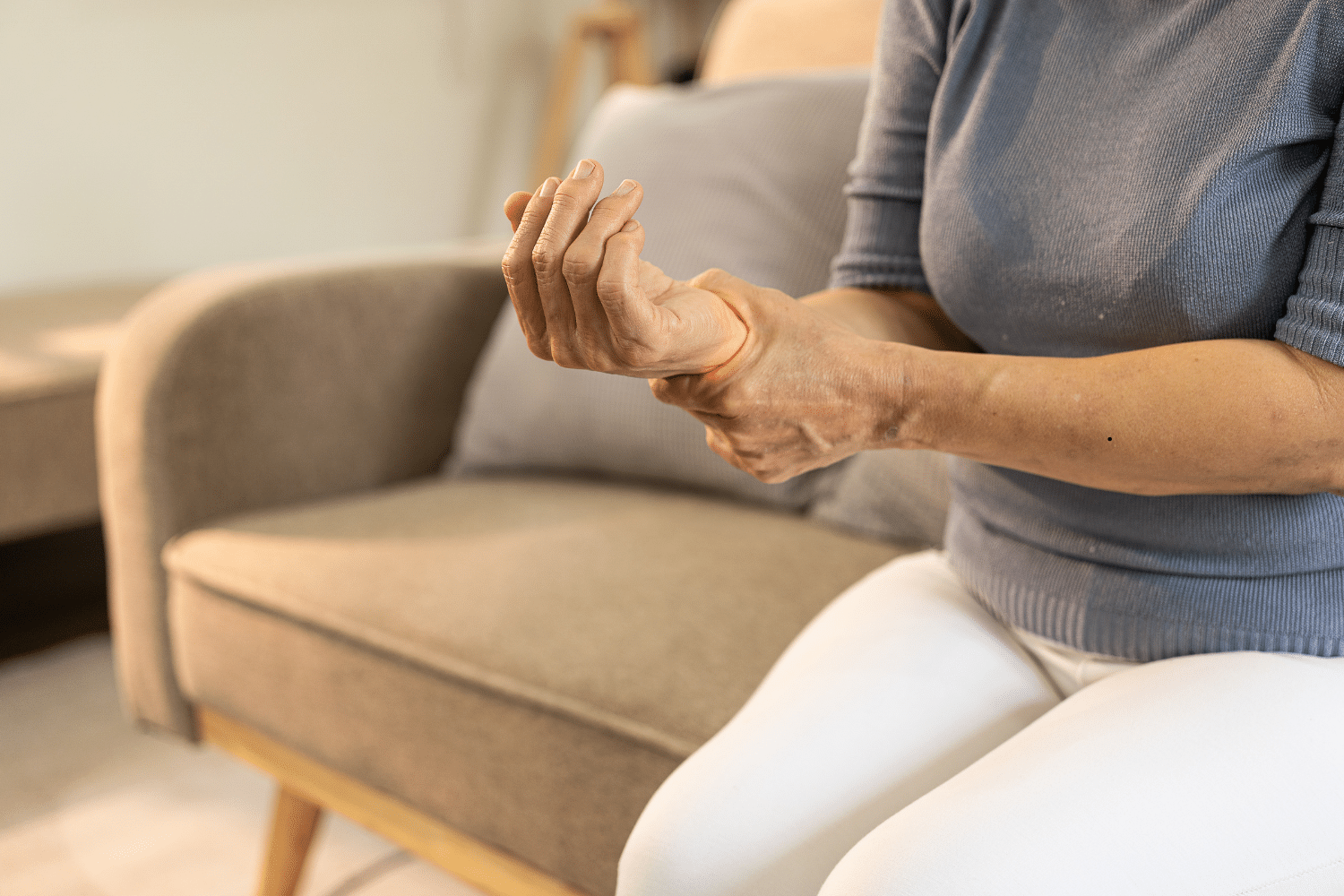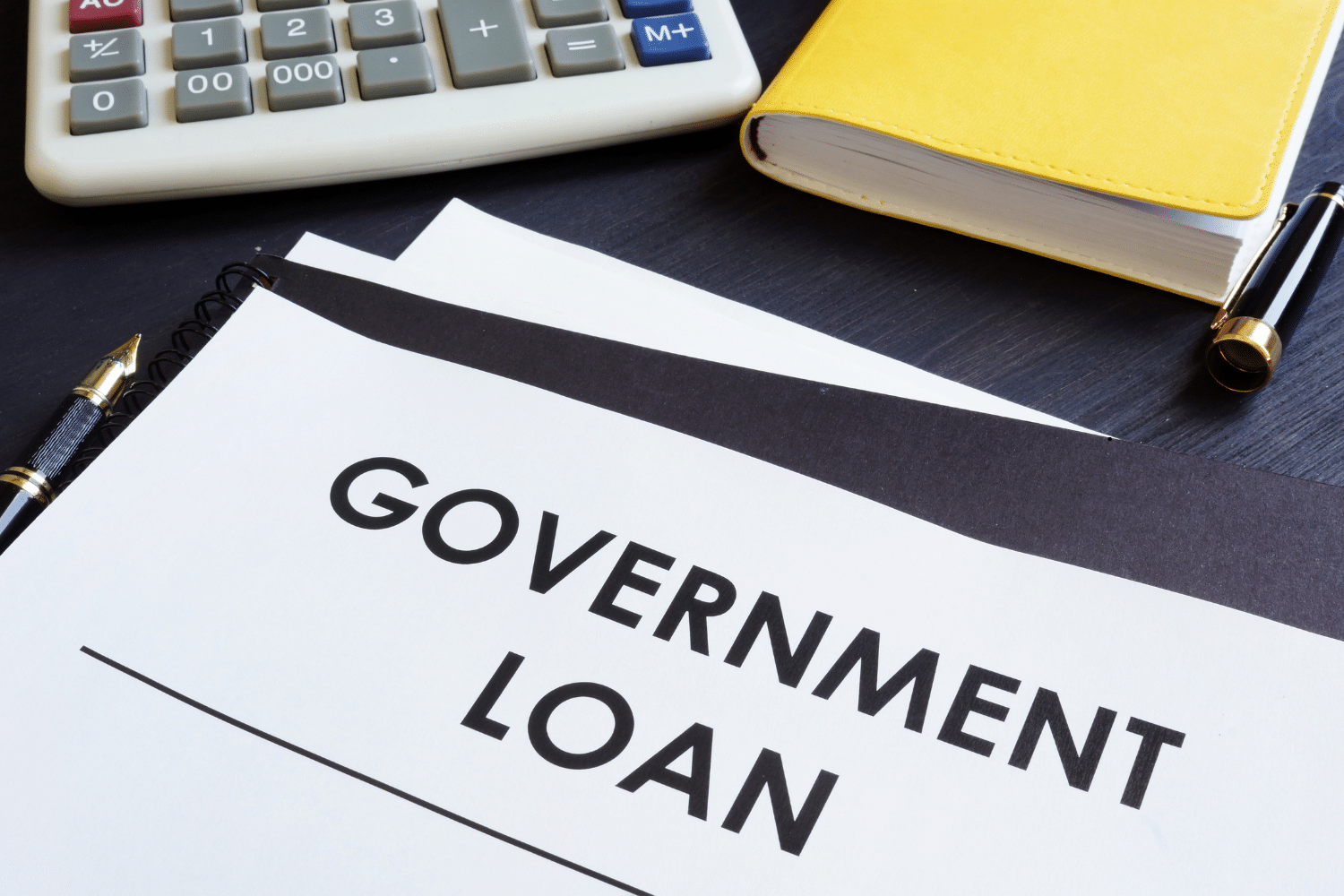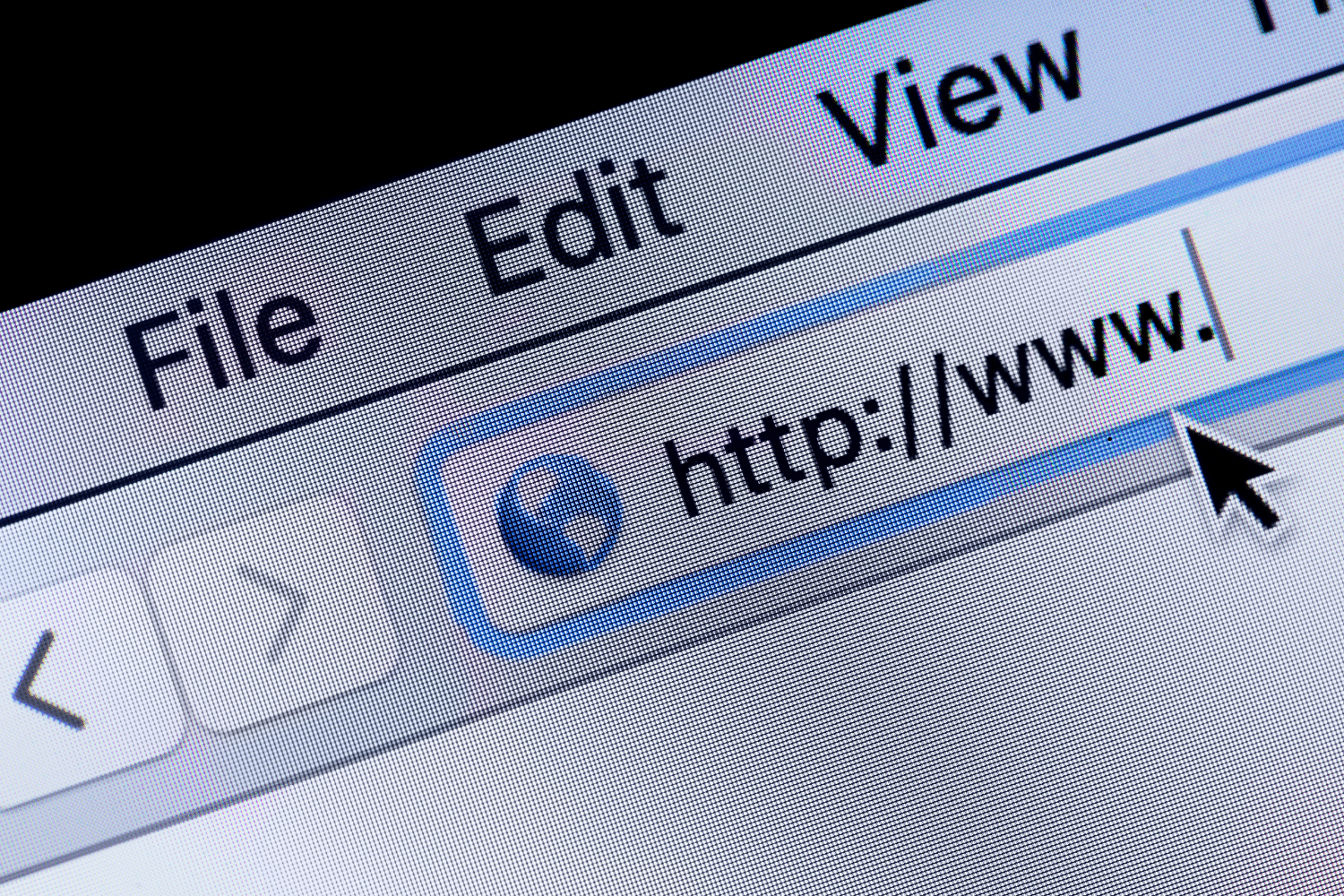Feeling overwhelmed by anxiety? Discover anxiety calming exercises in this guide that can help bring immediate relief and long-term calm to your mind and body.
Key Takeaways
- Incorporating anxiety-calming exercises into your routine boosts stress management and promotes overall well-being.
- Techniques like Progressive Muscle Relaxation and Deep Breathing help alleviate anxiety symptoms and promote relaxation.
- Regular practice of mindfulness, yoga, and visualization enhances mental resilience and empowers you to navigate life’s challenges.
Benefits of Anxiety Calming Exercises

Anxiety-calming exercises offer numerous benefits. Regular practice of these techniques can greatly improve stress management and overall well-being. They offer a way to reduce anxiety symptoms, bringing a sense of calm and relaxation that can transform how you navigate your daily life.
One powerful benefit of these exercises is their ability to help you feel more in control of your stress response. Incorporating relaxation techniques into your routine helps you recognize and mitigate stress triggers more effectively. This proactive approach to stress management can make a significant difference in how you handle life’s challenges.
Pairing relaxation techniques with positive habits like regular exercise and a balanced diet enhances their benefits. This holistic approach to well-being ensures that you’re taking care of both your mind and body, setting the stage for a more balanced and peaceful life.
Yoga, in particular, has been shown to lead to reductions in anxiety, stress, and depression symptoms. Integrating yoga and other relaxation techniques into your routine equips you with tools to reduce anxiety and maintain calm amidst life’s stressors.
Progressive Muscle Relaxation for Anxiety
Progressive muscle relaxation (PMR) effectively reduces anxiety and muscle tension. This method alternates between tensing and relaxing muscle groups, shifting the body’s response from the sympathetic to the parasympathetic nervous system. This shift promotes relaxation and alleviates anxiety symptoms.
One of the key benefits of PMR is its ability to foster increased blood flow to muscles, relieving tension and pain. This physical relaxation can have a profound impact on your overall sense of well-being, making it easier to manage stress and anxiety. Regular practice of PMR can also help you identify and manage anxiety triggers more effectively.
Begin PMR by finding a quiet space to lie down comfortably with your feet flat. Start by tensing the muscles in your feet, holding the tension for a few seconds, and then slowly releasing it. Work your way up through your body, tensing and then relaxing each muscle group. This exercise loosens physical tension and fosters mental calm, reducing anxiety and promoting relaxation.
Deep Breathing Techniques
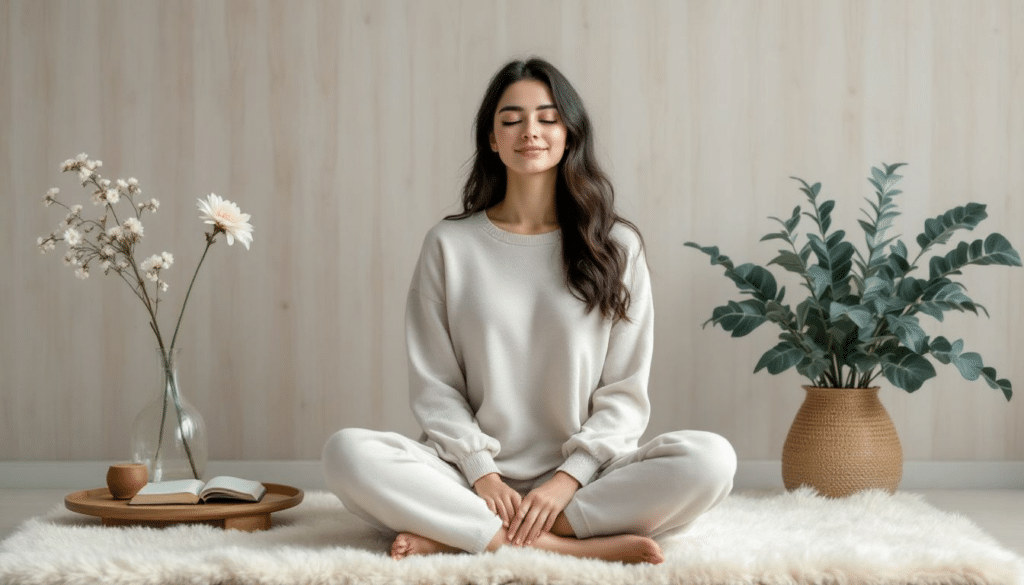
Deep breathing techniques effectively manage anxiety and promote relaxation. Square breathing, which involves inhaling, holding, exhaling, and pausing each for a count of four, is especially effective. This breathing exercise calms the nervous system and reduces heart rate, fostering a sense of calm.
Deep breathing can slow heart rates and lower blood pressure, crucial elements of overall mental health. By focusing on your breath, you can create a sense of mindfulness and presence, which helps to reduce anxiety and improve your ability to cope with stress. Combining deep breathing with visualization enhances relaxation and focus during anxiety management.
To practice square breathing, sit comfortably. Close your eyes, inhale deeply through your nose for a count of four. Hold for four counts, then exhale slowly through your mouth for four counts. Pause and hold for four counts before repeating the cycle. Repeat several times, fully engaging with each breath to feel the calming effects.
Visualization Exercises
Visualization exercises help cope with anxiety by creating a mental image of a peaceful place. This technique promotes relaxation and reduces anxiety by engaging all five senses. Imagining a calming scene in detail transports you to a place of peace and tranquility, even during stress.
Start visualization by finding a quiet, undisturbed space. Close your eyes and start by imagining a calming scene, such as a beach or a forest. Engage all your senses by picturing the sights, sounds, smells, and feel of the place. Regular visualization practice enhances its effectiveness, making it a valuable tool for managing anxiety during heightened stress, especially when you are feeling anxious.
Engaging your senses during visualization enhances the experience, allowing you to feel the calming scene’s sensations. Guided imagery, like picturing yourself on a beach, is a common visualization exercise promoting relaxation. Visualizing goal achievement can also reduce anxiety, helping you mentally prepare for real-life situations.
Mindfulness Meditation

Mindfulness meditation effectively reduces anxiety and promotes overall well-being. Cultivating the ability to remain present through mindfulness meditation alleviates overwhelming stress and anxiety. This practice focuses on your breath and cultivates awareness of thoughts and feelings without judgment.
Mindful breathing, an effective exercise, helps regulate breath and quickly restores a sense of calm during anxious moments. Compassion meditation, which involves visualizing kindness towards oneself or others, supports emotional well-being and reduces anxiety. These practices create mental space between oneself and anxious experiences, reducing anxiety levels.
Mindfulness practices encourage acknowledging and accepting worries, diminishing their intensity over time. Recognizing the underlying causes of anxiety allows for responses with greater insight and understanding. Incorporating mindfulness into your daily routine promotes awareness and acceptance of your emotions, helping manage anxiety.
Even short mindfulness exercise for just a few minutes can positively impact focus and attention in anxious thoughts individuals.
Yoga for Anxiety Relief

Yoga combines physical postures, breathing exercises, and mindfulness for holistic anxiety relief. Specific yoga poses, such as Child’s Pose and Forward Fold, are particularly effective in calming the mind and relieving stress. Regular yoga practice can reduce anxiety levels and improve mood.
A single session of hatha yoga can reduce stress responses to psychological challenges. Incorporating yoga into your routine provides a powerful tool for managing anxiety and promoting relaxation. Practicing a couple of yoga poses for a few minutes daily can significantly impact anxiety levels.
Encourage yourself to explore different yoga poses and find what works best for you. The blend of physical movement, deep breathing, and mindfulness in yoga makes it excellent for reducing anxiety and promoting well-being.
Incorporating Calming Exercises into Your Daily Routine

Adding calming exercises to your daily routine is crucial for managing stress and reducing anxiety. Regular practice can enhance sleep quality and decrease feelings of fatigue. Learning and practicing relaxation techniques empowers effective management of daily stressors.
Simple relaxation methods can be easily integrated into daily life, making stress easier to manage. For instance, practicing progressive muscle relaxation (PMR) before bedtime can lower heart rate and blood pressure, facilitating better sleep. Utilizing square breathing before stressful events or when feeling overwhelmed can be highly beneficial.
Controlled breathing can mitigate stress and anxiety-related symptoms. Exercises like deep breathing or PMR can be practiced anywhere, offering flexibility. Integrating these practices into your daily routine creates a foundation for better stress management and overall well-being.
When to Seek Professional Help
Despite the effectiveness of calming exercises, professional help may sometimes be necessary. Persistent anxiety, even with these techniques, may indicate the need for professional evaluation and treatment. It’s advisable to consult a healthcare professional before starting any new yoga practice, especially for those with anxiety.
Mindfulness-Based Cognitive Therapy (MBCT) effectively prevents relapse in individuals prone to depression and anxiety. If relaxation techniques aren’t sufficient, professional help can provide additional support and guidance.
Prioritize your mental health and seek assistance when needed.
Summary
In summary, anxiety-calming exercises offer a powerful way to manage stress and promote overall well-being. From progressive muscle relaxation to mindfulness meditation, these techniques provide practical tools for reducing anxiety and enhancing your quality of life. By incorporating these practices into your daily routine, you can create a foundation for better stress management and mental health.
We encourage you to try these exercises and see the difference they can make. Share your experiences and continue exploring new ways to feel calm and in control of your anxiety. Remember, taking care of your mind and body is a journey, and these exercises are valuable companions on that path.
Frequently Asked Questions
Progressive muscle relaxation (PMR) is a powerful technique that helps you reduce anxiety and muscle tension by systematically tensing and then relaxing different muscle groups. Embrace this practice to promote a sense of calm and well-being!
Deep breathing effectively calms your nervous system, lowers your heart rate, and promotes relaxation, helping to alleviate anxiety symptoms. Embrace these techniques to reclaim your peace and confidence!
Visualization exercises are powerful tools for relaxation, where you vividly imagine a peaceful setting while engaging your senses, helping to reduce anxiety and promote calmness. Embrace this practice to unlock a deeper sense of tranquility in your life!
Mindfulness meditation can greatly reduce anxiety by fostering awareness and acceptance of your thoughts and feelings, helping you find a sense of calm and presence. Embrace this practice to transform your mental well-being.
If your anxiety remains persistent despite trying calming techniques, it’s time to seek professional help for the support and guidance you deserve. Taking this step can lead you toward a healthier and more fulfilling life.


